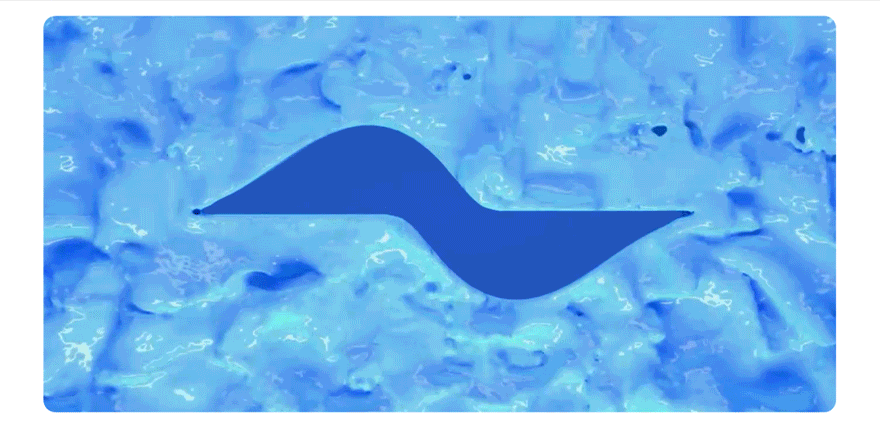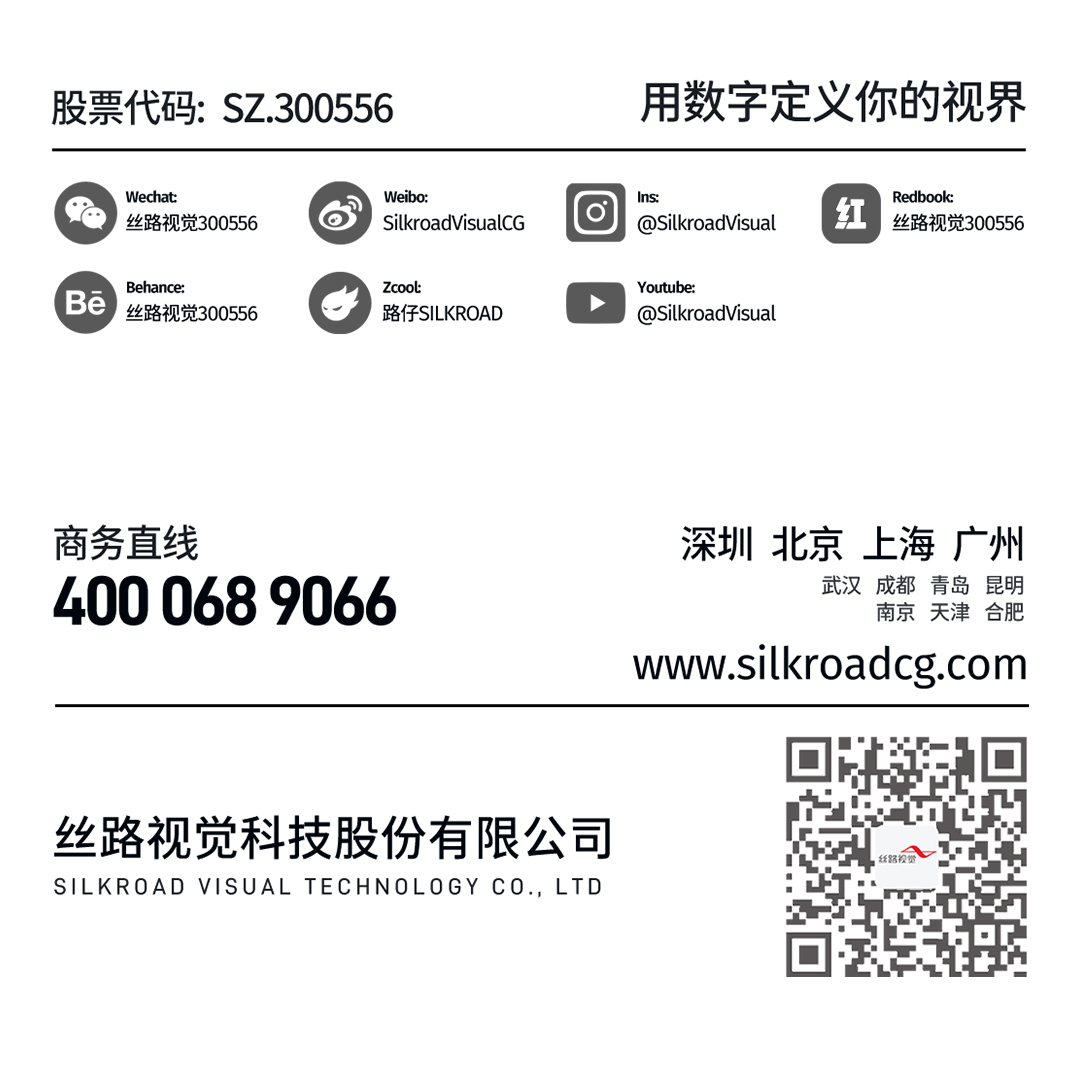Shenzhen Science and Technology Museum Officially Opens Today, Silkroad Visual Empowers New Landmark of Innovation


As one of "Shenzhen’s Major Cultural Facilities of the New Era", the museum adopts "Digital Civilization · Innovation · Future" as its core theme, with "communication technology" as its narrative thread. It aims to become the world’s first science museum dedicated to digital civilization, offering fresh perspectives for thematic exploration and innovative practices in China’s science museum sector.
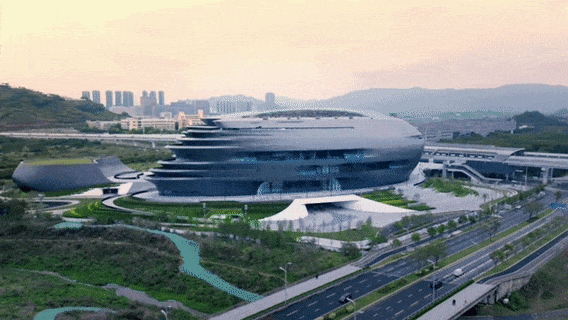
Designed by the internationally renowned Zaha Hadid Architects, the building resembles a colossal interstellar spacecraft, spanning a total floor area of 128,300 square meters. It is poised to become a central landmark for scientific exploration in Shenzhen and the Greater Bay Area.
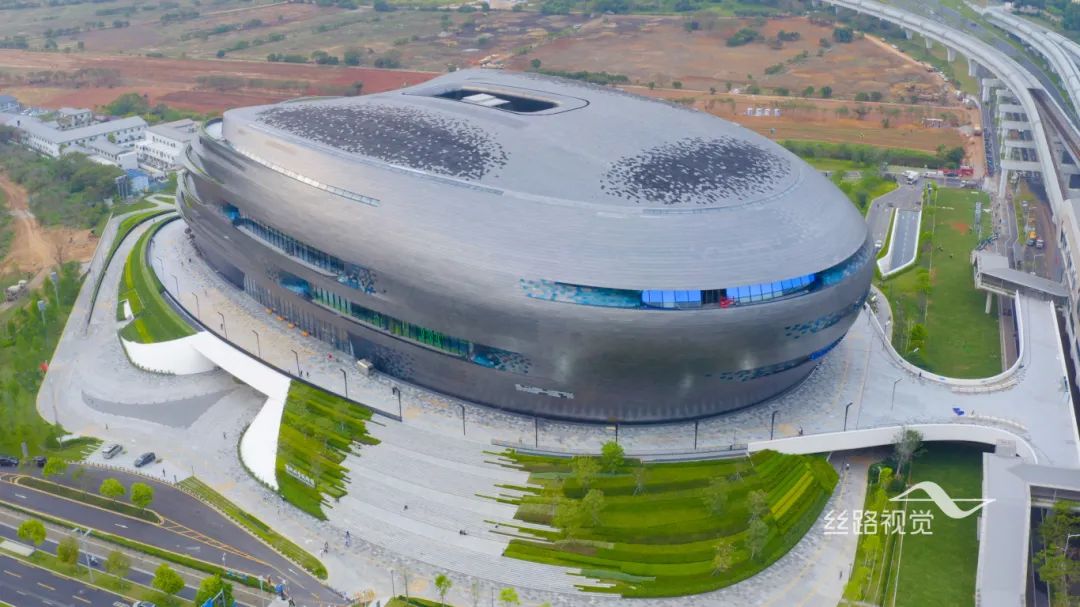
Silkroad Visual, as one of the exhibition design company for the Shenzhen Science and Technology Museum, empowered spatial storytelling through innovative design, enabling the seamless integration of "technology + art + future" within the museum.
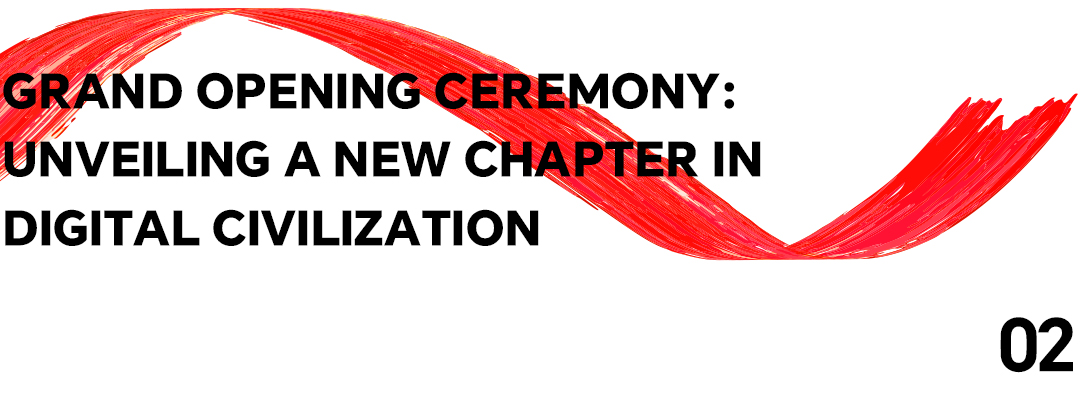
On the morning of May 1,the opening ceremony was held in the museum’s atrium. It was attended by prominent leaders, including: Wang Qiang, Member of the Standing Committee of the Shenzhen Municipal Party Committee, Head of the United Front Work Department, and Deputy Party Secretary of the Municipal CPPCC Leading Party Group;Jiang Yuyang, Vice Chairman of the Shenzhen Municipal People’s Congress, Chairman of the Shenzhen Association for Science and Technology, Vice Chair of the Guangdong Provincial Committee of the Jiusan Society, and Chair of its Shenzhen Municipal Committee;Kuang Bing, Vice Chairman of the Shenzhen Municipal CPPCC and Member of its Party Leadership Group.
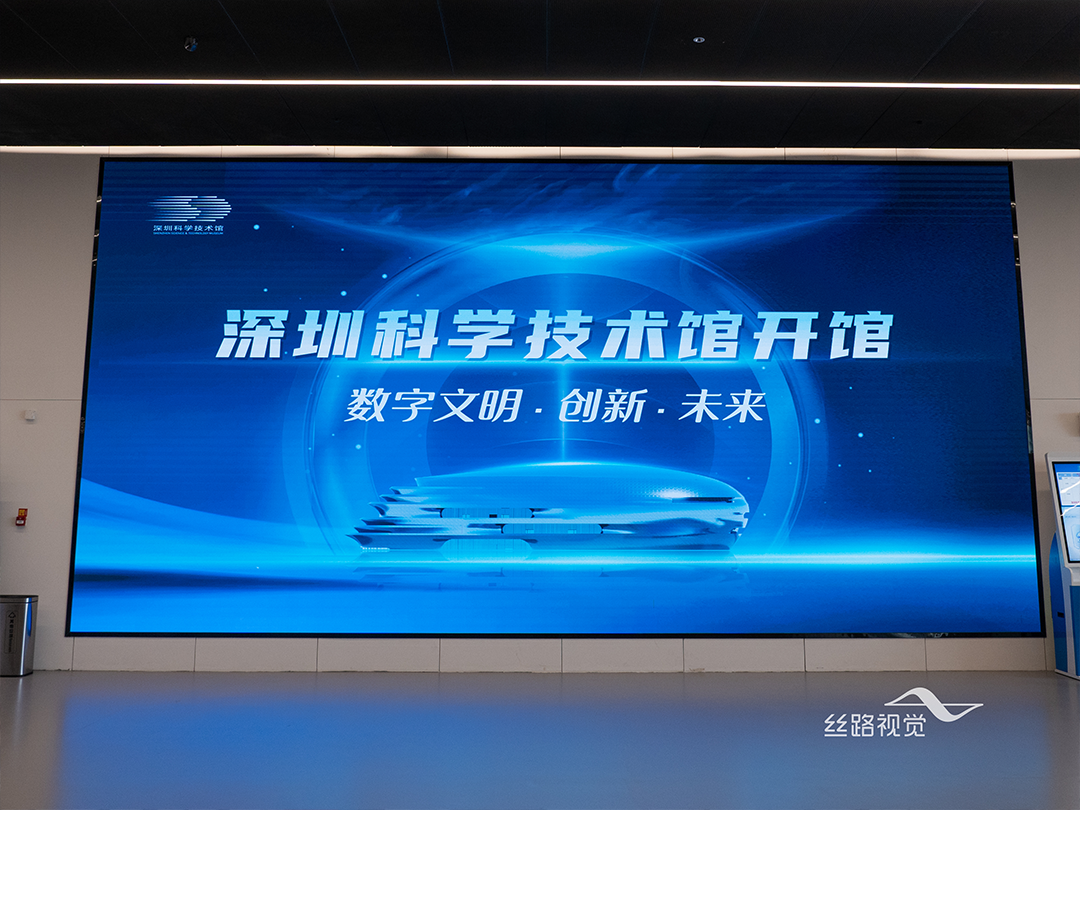
The ceremony was presided over by Lin Xiang, Party Secretary and Executive Vice Chairman of the Shenzhen Association for Science and Technology.In his address, Wang Qiang congratulated the completion of the museum, highlighting its strategic significance as “Shenzhen’s New Era Major Cultural Facility”. He emphasized its role in providing “forward-looking scientific exploration experiences” for the public in the Greater Bay Area and beyond, reinforcing Shenzhen’s vision as a global hub for innovation and cultural exchange.
During the ceremony, Li Mengdi, Chairman of Silkroad Visual, was awarded the "Outstanding Contributor" certificate (Honorary Builder of Shenzhen Science and Technology Museum) in recognition of his exceptional contributions to the project. Ding Pengqing, Senior Vice President of the Group, accepted the recognition on behalf of the Silkroad Blue team, which also signifies the official acknowledgment of the team's important role in the exhibition hall construction.

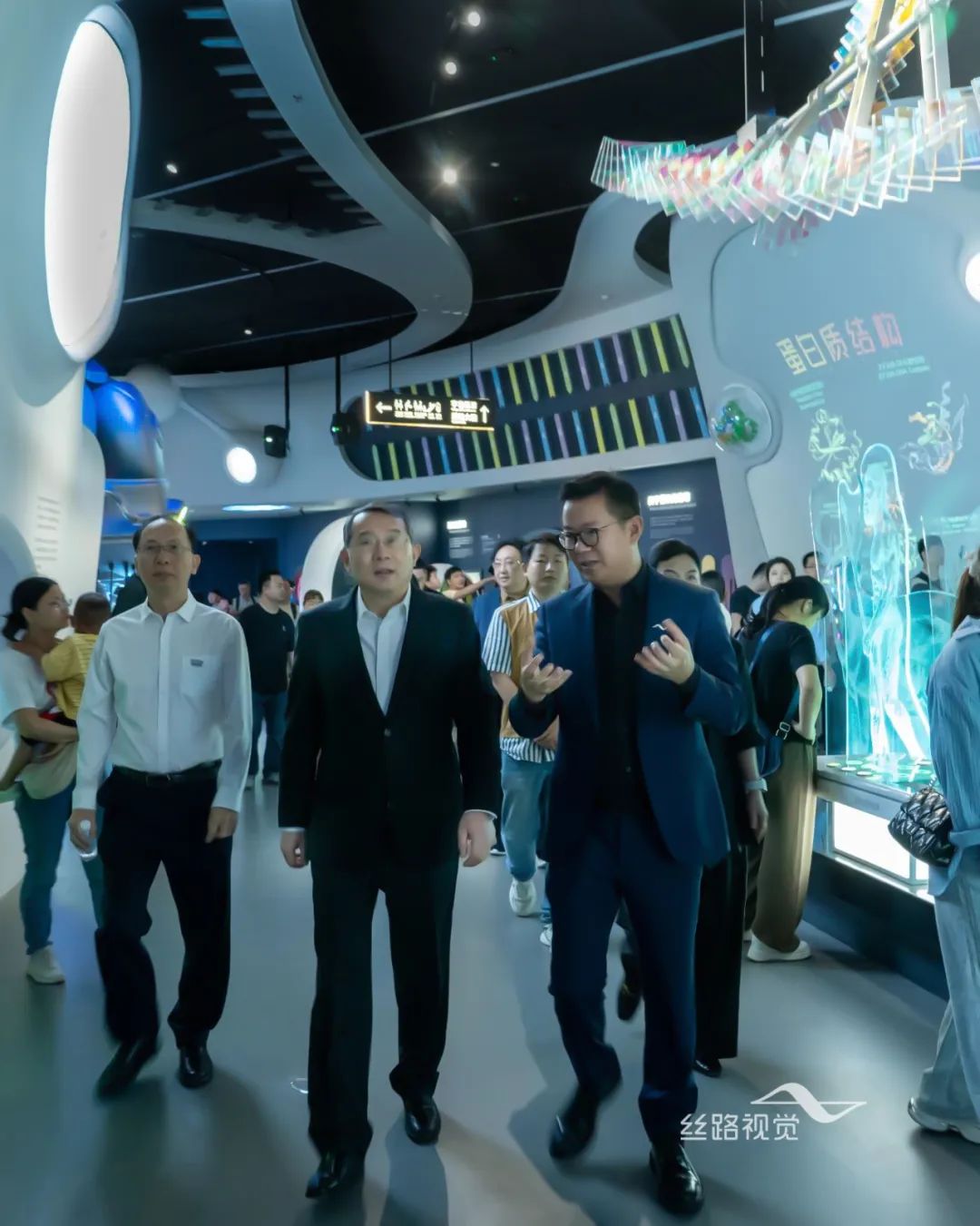
▲Ding Pengqing, Senior Vice President of Silkroad Visual, accompanied the delegation during the exhibition tour.
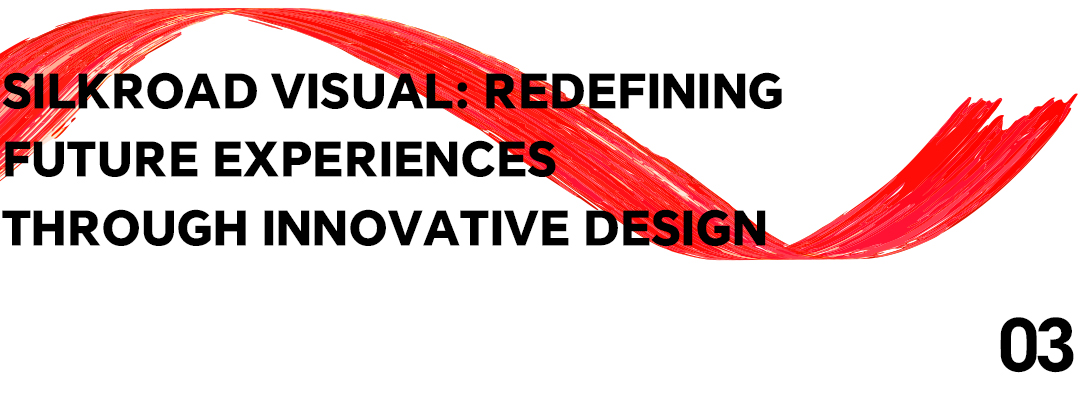
The museum’s five-story exhibition hall, themed "Origins of the Universe", explores fundamental and cutting-edge sciences such as brain science, genetics, quantum physics, astronomy, and aerospace. Leveraging AI and big data, it transcends temporal and spatial scales to unravel mysteries spanning the micro and macro cosmos. Silkroad Visual conceptualized the narrative framework and exhibition design for multiple themed zones, transforming physical spaces into immersive representations of the vast universe.
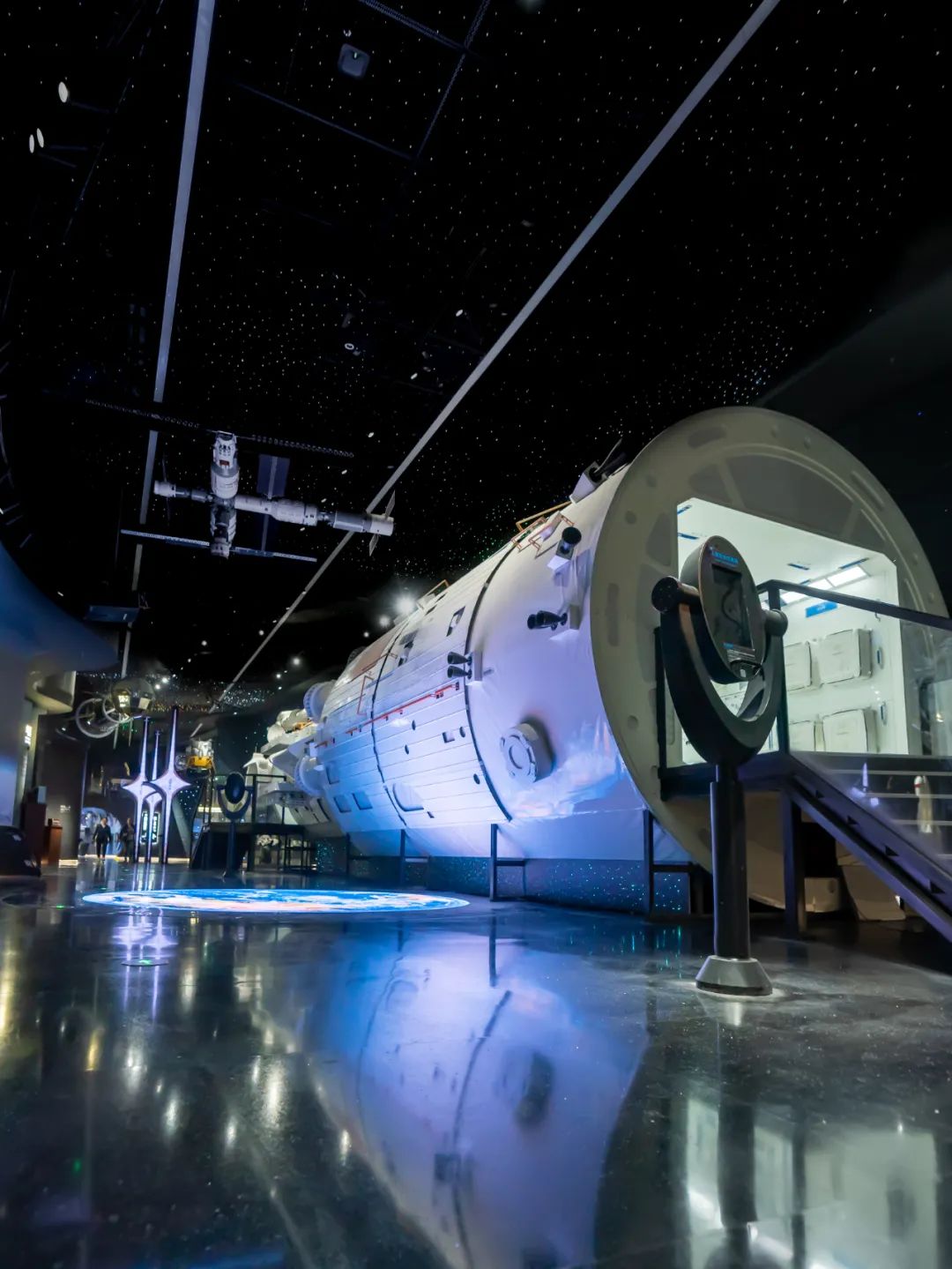
Silkroad Visual also contributed to creating the 3D projection mapping show on the pavilion facade. From conceptual design to technical execution, the team transformed architectural curves into a flowing "digital canvas", interpreting through light-shadow interplay the symbiosis of technology, civilization, and futurism. This installation has become an iconic techno-artistic landmark illuminating Shenzhen's nightscape.
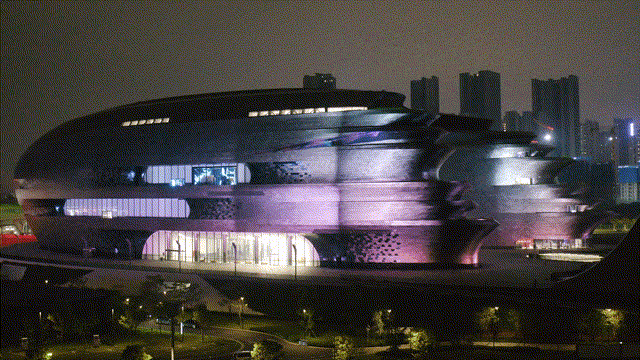
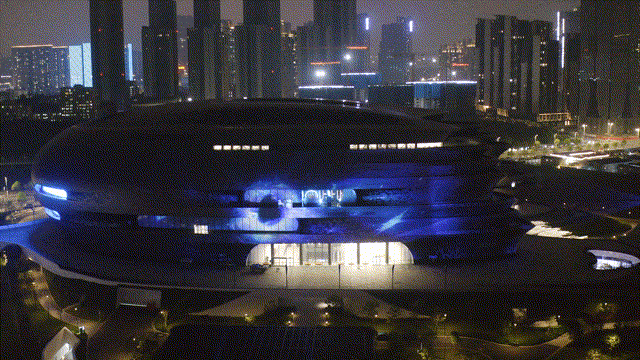
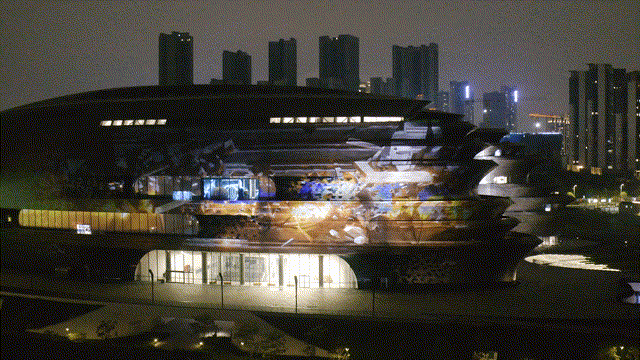

As a leader in China’s digital creative industry, Silkroad Visual has once again demonstrated its expertise in large-scale sci-tech cultural projects through the Shenzhen Science and Technology Museum.Moving forward, the company will continue to drive innovation with digital technologies, empower urban cultural landmarks, and contribute to a more dynamic ecosystem for scientific communication.

